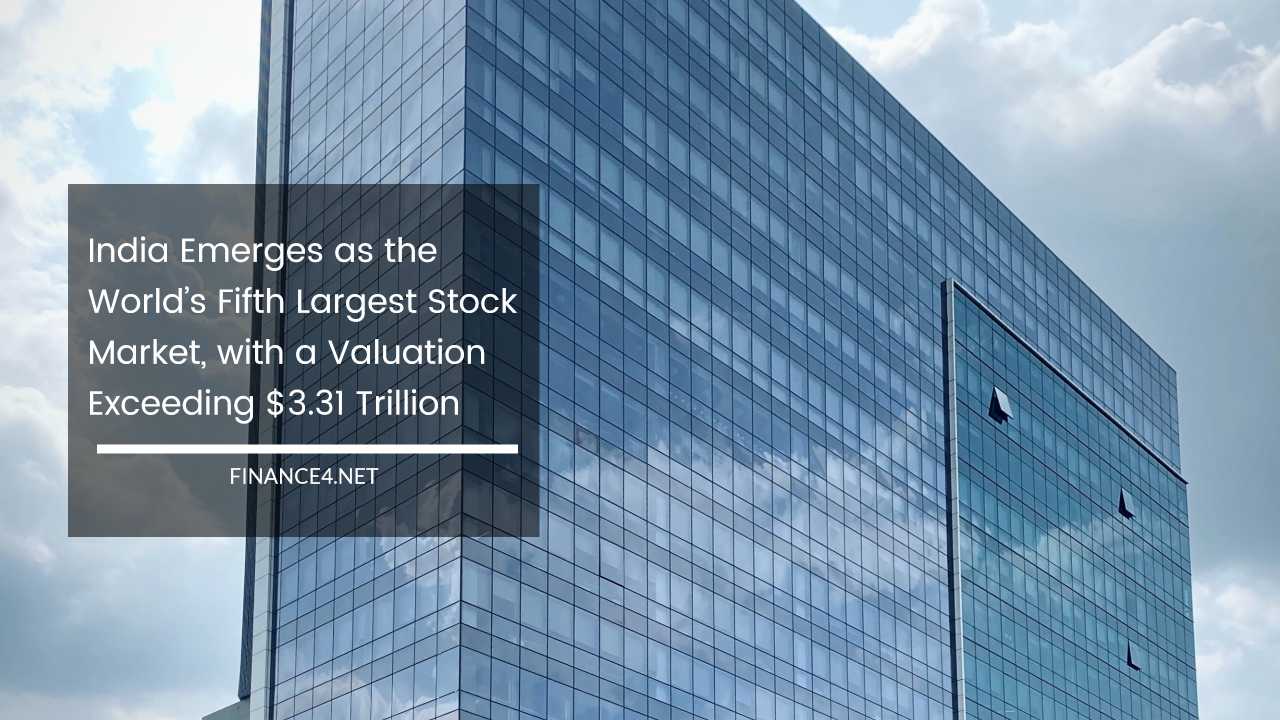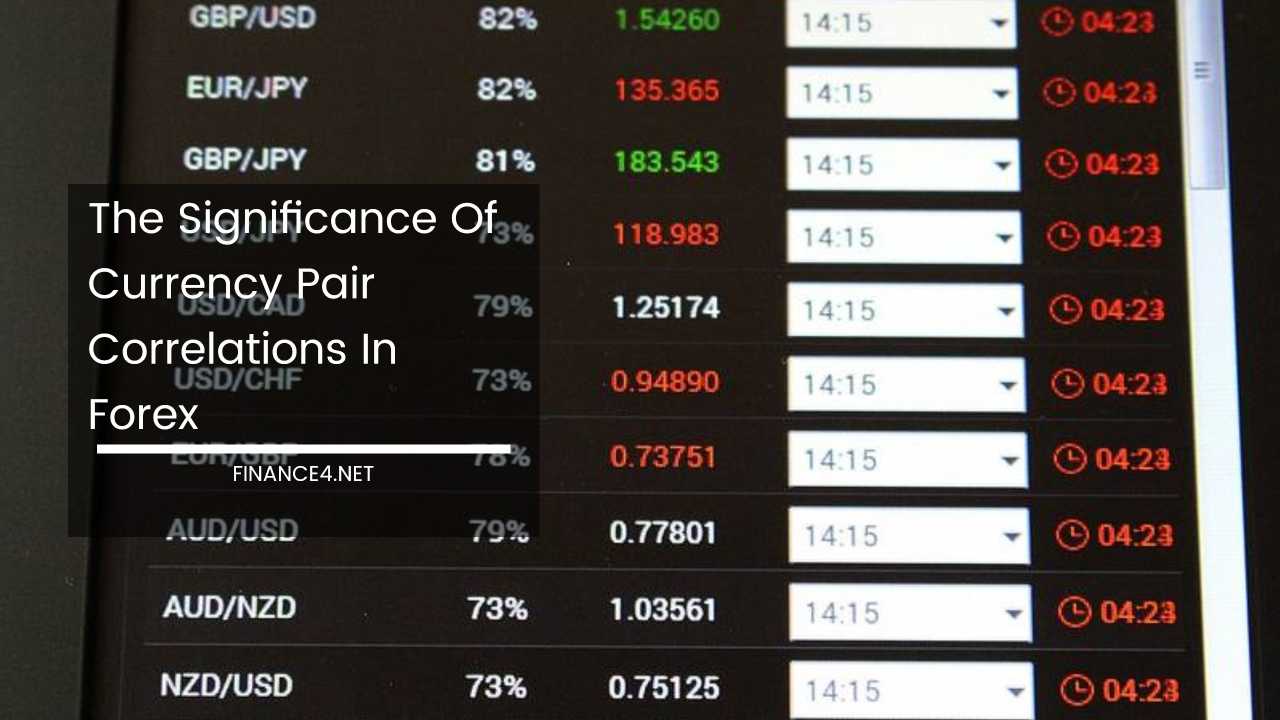India Emerges as the World’s Fifth Largest Stock Market, with a Valuation Exceeding $3.31 Trillion

India Economy in Trillion
India’s stock market capitalization has soared to an impressive $3.31 trillion, solidifying its position as the fifth largest among the top 10 most valued countries globally.
This remarkable achievement reflects the nation’s robust economic growth and investor confidence. Throughout the course of this year, India’s market capitalization has witnessed a substantial surge, with an impressive increase of nearly $330 billion.
Such a remarkable upswing highlights the country’s thriving business climate and the attractiveness of its investment opportunities.
This upward trajectory underscores India’s emergence as a key player in the global stock market, attracting both domestic and international investors seeking to capitalize on its potential for substantial returns.
After a broad-based rally in local equities, India has regained its prominent status as the fifth-largest stock market in the world.
This achievement follows a brief period in January when it temporarily ceded the position to France. The resurgence in India’s ranking can be attributed to the remarkable performance of its stock market, which witnessed an impressive upswing in various sectors.
The collective strength and positive sentiment across the Indian equities market played a pivotal role in reclaiming this coveted position.
The renewed investor confidence, coupled with robust economic growth, fueled the surge in stock prices, attracting both domestic and international investors alike.
This reaffirms India’s stature as a significant player in the global stock market arena and reflects the resilience and attractiveness of its investment opportunities.
Since March 28, the local equity market in India has been experiencing a significant rally, driven by continued buying from foreign investors, complemented by the improving macroeconomic conditions within the country.
This bullish trend has been reflected in key stock market indices such as the Sensex and the Nifty, which have witnessed impressive jumps of nearly 10 percent.
Additionally, the BSE MidCap and SmallCap indices have surged by approximately 15 percent, highlighting the broad-based nature of the market rally.
Among the various sectors, the banking sector has particularly demonstrated strong growth, as evidenced by the impressive performance of the BSE Bankex.
This index has surged by nearly 13 percent, underscoring the robust demand for banking stocks and the positive sentiment surrounding the sector.
The favorable macroeconomic conditions, coupled with the ongoing reforms and initiatives undertaken by the Indian government, have instilled confidence in investors and contributed to the upward trajectory of the equity market.
The sustained buying interest from foreign investors has added further momentum to the market rally, reflecting their growing confidence in India’s economic prospects.
The combination of foreign investment inflows and domestic investor participation has fueled the upward movement of stock prices, resulting in substantial gains across multiple market segments.
Overall, the current rally in the Indian equity market since March 28 signifies the resilience of the country’s economy and its attractiveness as an investment destination.
The upward movement of key indices, such as the Sensex, Nifty, BSE MidCap, SmallCap, and BSE Bankex, showcases the robust performance of various sectors and underlines the positive sentiment prevailing in the market.
In the past two months, foreign investors have displayed a notable appetite for Indian equities, as evidenced by their substantial purchase of nearly $6.3 billion worth of local stocks.
This influx of foreign investment signals the growing confidence and interest of global investors in India’s equity market.
The willingness of foreign investors to allocate significant funds to Indian equities is a testament to the country’s strong economic potential and the perceived opportunities for profitable investments.
India’s market capitalization currently stands at an impressive $3.31 trillion, placing it in the coveted fifth position among the top-10 most-valued countries globally.
This achievement highlights the robustness of the Indian economy and the strength of its corporate sector.
The substantial market capitalization underscores the confidence of investors in the Indian market and its growth prospects.
Since the beginning of the year, India’s market capitalization has experienced a remarkable increase of approximately $330 billion.
This significant growth in market capitalization reflects the favorable conditions and positive sentiment surrounding the Indian equity market.
Factors such as strong economic growth, policy reforms, and attractive investment opportunities have contributed to this notable surge in market capitalization.
The consistent upward trend in market valuation throughout the year signifies India’s ability to generate wealth and attract investments.
The combination of foreign investors’ substantial purchases and the substantial increase in market capitalization has propelled India to its current position as the fifth most-valued country globally.
This achievement positions India as an influential player in the global financial landscape and reinforces its status as an attractive investment destination.
The steady inflow of foreign investment, coupled with the impressive rise in market capitalization, showcases India’s economic resilience and its potential for sustained growth.
When examining the global stock market rankings, it is noteworthy to observe the positions of other leading countries in terms of market capitalization.
The United States maintains its dominant position at the top, boasting a staggering market value of $44.54 trillion.
This substantial figure underlines the robustness and depth of the American stock market, reflecting its status as a global financial powerhouse.
China follows closely behind the US, securing the second position with a market capitalization of $10.26 trillion. The rapid growth and expanding influence of the Chinese economy have propelled its stock market to remarkable heights.
As the world’s most populous country and a major player in global trade, China’s position as the second-largest stock market reflects its economic might.
Japan holds the third position with a market capitalization of $5.68 trillion. With a rich history in finance and industry, Japan’s stock market plays a vital role in the global financial landscape.
The country’s strong technological innovations, export-oriented industries, and highly developed financial institutions contribute to its prominent market position.
Hong Kong claims the fourth spot in the global market capitalization rankings, with an impressive market value of $5.14 trillion.
As a major international financial center and a gateway to China, Hong Kong serves as a hub for global investors seeking exposure to the Asian markets.
Its strategic location, strong regulatory framework, and robust financial infrastructure contribute to its high market capitalization.
France secures the sixth position with a market value of $3.24 trillion. As one of Europe’s leading economies, France has a diverse range of industries and a strong presence in sectors such as luxury goods, aerospace, and finance.
Its stock market, represented by the CAC 40 index, has garnered international attention and attracted significant investments.
The rankings of these countries in terms of market capitalization reflect their economic strengths, investor confidence, and attractiveness to global investors.
Each nation’s unique economic characteristics, policy frameworks, and industry dominance contribute to their respective positions in the global stock market hierarchy.
Foreign brokerage firm Jefferies has recently expressed strong confidence in India’s long-term structural narrative, projecting that it is merely a matter of time before the BSE benchmark Sensex surpasses the significant milestone of 1,00,000.
This ambitious target has captured the attention and fascination of India’s dynamic financial media landscape, reflecting the high expectations and optimism surrounding the country’s equity market.
Jefferies’ belief in India’s enduring structural narrative signifies their positive outlook on the country’s economic fundamentals, policy reforms, and growth potential.
The brokerage firm likely sees India as a favorable investment destination due to factors such as a large consumer base, robust domestic demand, technological advancements, and ongoing government initiatives aimed at boosting economic growth.
The prospect of the Sensex crossing the 1,00,000 mark holds considerable symbolic and practical significance. It signifies the potential for substantial wealth creation and capital appreciation in the Indian stock market.
Such a milestone would not only attract the attention of domestic investors but also draw the interest of global investors seeking attractive investment opportunities.
The fascination surrounding this target is indicative of the optimism and enthusiasm prevalent in India’s financial media landscape.
The media plays a vital role in shaping market sentiment, and their coverage of the potential Sensex milestone reflects the widespread belief in the country’s growth trajectory and the transformative power of its equity market.
However, it is essential to note that market predictions and targets are subject to various factors, including economic conditions, policy developments, global market dynamics, and investor sentiment.
While Jefferies’ optimistic projection has generated excitement, it is crucial for investors to exercise caution and conduct thorough analysis before making investment decisions.
In summary, Jefferies’ confidence in India’s structural narrative and its projection of the Sensex crossing the remarkable 1,00,000 milestone has garnered attention and interest in India’s financial media landscape.
This projection reflects the positive sentiment surrounding India’s economic prospects and highlights the potential for significant growth and wealth creation in the country’s equity market.
Jefferies’ projection hinges on the assumption of a 15 percent growth in earnings per share (EPS) over a five-year span, coupled with the maintenance of a five-year average one-year forward price-to-earnings (PE) multiple of 19.8 times. This calculation forms the basis for their optimistic outlook on the Indian equity market.
Investors are eagerly awaiting the release of gross domestic product (GDP) data for the March quarter, scheduled to be announced on May 31.
The upcoming GDP data is anticipated to offer valuable insights into the current state of the Indian economy.
This information has the potential to influence market sentiment and impact investment decisions, as it provides a broader understanding of the country’s economic performance and growth trajectory.
Market participants will keenly analyze the GDP figures to gauge the overall health of the Indian economy and assess its resilience in the face of various challenges and opportunities.
The anticipation surrounding the GDP data release underscores the significance of economic indicators in shaping market sentiment. Investors are keen to obtain reliable data that can guide their investment strategies and decisions.
The outcome of the GDP report may trigger market reactions, leading to potential adjustments in investment portfolios and trading activities.
It is important to note that economic data releases are subject to various factors and uncertainties, and their impact on the market can be influenced by a range of factors beyond the data itself.
Market participants should exercise caution and consider multiple factors when interpreting economic indicators and making investment decisions.



